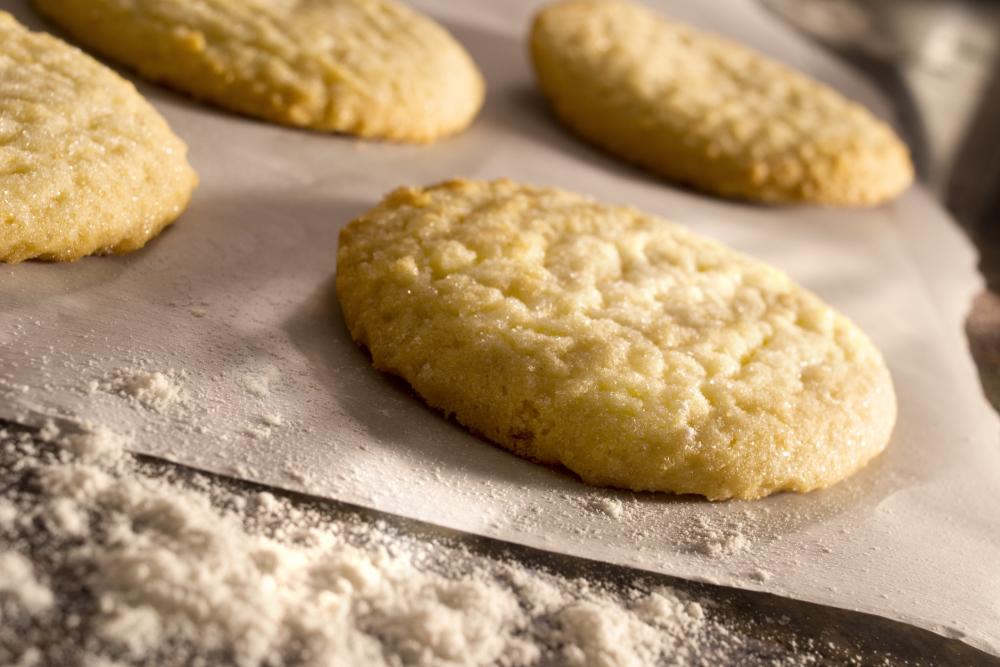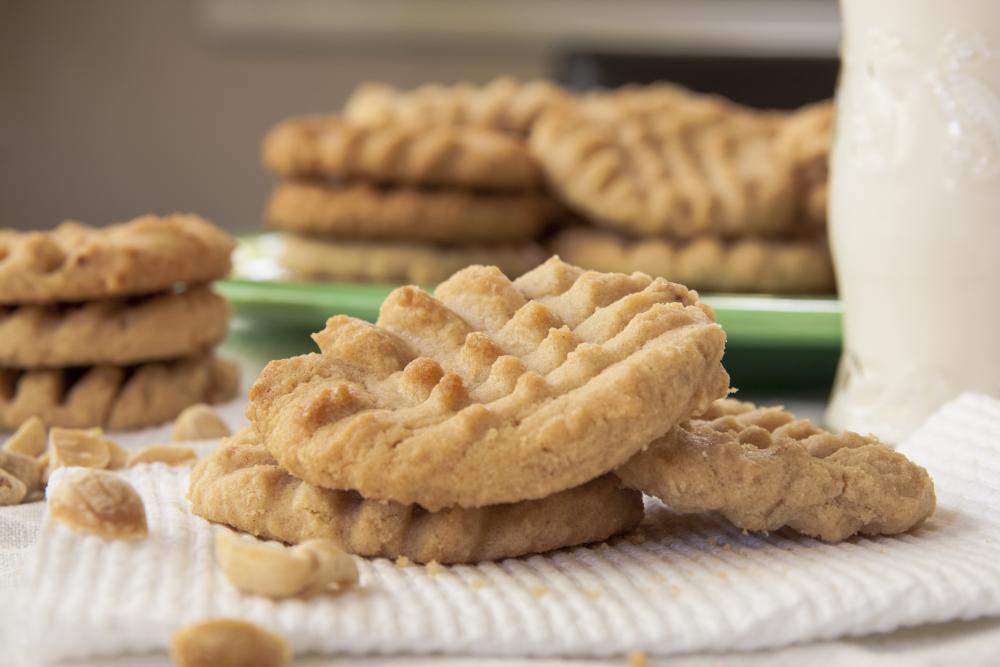3 min Read
The cookie’s many names — biscuits, rusks, wafers, galletas — show that our love for these sweet treats transcends geographic bounds. However, a changing climate and spreading pests and diseases pose a risk to cookie jars all over the world.
Bakers and cookie lovers can rest easy, though, because there’s a solution within reach: gene editing.
By making small changes to crops’ DNA, scientists can improve the key ingredients in our favorite cookies to withstand more risks than ever before. These changes can help crops protect themselves against rising temperatures, as well as pests and diseases.
Here are five cookies that gene editing could improve:
Chocolate Chip Cookie
The chocolate chip cookie is an all-time classic, but an unstable cocoa industry could threaten the livelihood of this morsel-dependent dessert. The spread of pests and disease are factors in the declining yields of cacao trees, and scientists predict that climate change will only make things worse.
Luckily, efforts to save the cacao plant are already underway. Researchers at the University of California at Berkeley are looking to gene editing to identify ways to strengthen the plant against these risks and save the $22.4 billion chocolate industry.
Sugar Cookie
The U.S. is the world’s top importer of vanilla extract, with total shipments of the prized ingredient valued at $575 million. Factors like climate change, however, are causing the price of vanilla to soar — it’s already worth more by weight than silver. Making domestic production possible could help bring down the price by increasing the supply. Researchers at the University of Florida sequenced the vanilla genome earlier this year. This new genetic understanding brings us one step closer to developing a vanilla variety that can be grown in the U.S.
Shortbread Cookie
The shortbread cookie is the classier cousin of the sugar cookie, and the perfect partner for a late afternoon cup of tea. For people with gluten sensitivities, though, this flour-loaded dainty treat is likely off-limits.
Changes to flour’s wheat content using gene editing could change that. Researchers are currently working to develop reduced-gluten wheat that could be used in a more easily digested flour, potentially putting this cookie back on the table for some people with mild intolerances.
Peanut Butter Cookie
Peanut butter cookies are easy to make, but their key ingredient is becoming increasingly difficult to grow. Worsening drought conditions and the spread of disease across peanut-growing regions have taken a toll on the crop’s yield. Peanut farmers experienced a 23% drop in production from 2017 to 2018, and they’re anticipating another big hit this year.
Earlier this year, scientists from around the world successfully sequenced the peanut genome. The collaboration, titled the International Peanut Genome Initiative, will play a pivotal role in helping peanut breeders develop stronger, more productive varieties.
Thumbprint Cookie
The fruity jam on top of thumbprint cookies are essential, and advances in berry breeding could yield even more varieties — ones featuring different flavors and even climate resistance — to dollop on top of future batches.
Berry plants, though, have complicated genetic codes, making it difficult for breeders to achieve these changes. Food and agriculture company Pairwise, the U.S. Department of Agriculture and select research universities are now sharing genetic information in an effort to sequence the DNA of hundreds of berry varieties and improve berry breeding in the future.
Of course, the benefits of gene editing go beyond our love of milk and cookies. From freeing up dietary restrictions to improved growing conditions, this innovative breeding method could improve the quality and yield of vital crops while also strengthening America’s position in the global food and agriculture industry.





